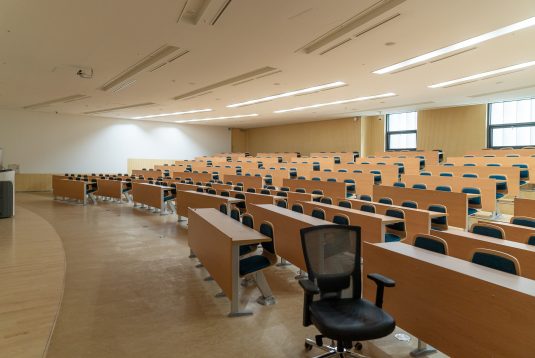
The Bay Area economy has been the envy of the world for fifty years running. Our business leaders have revolutionized industries from semiconductors to personal computers to the internet to social media and in healthcare, biotechnology, environmental science and many other fields. Today’s challenge is to preserve the growth and resilience of our economy and to share our prosperity more broadly, particularly through the creation of more middle wage jobs. In order to ensure the Bay Area’s economic vitality and resilience despite increasing boom and bust cycles, public and private sector leaders must come together around pragmatic solutions to persistent issues and barriers to success.




























